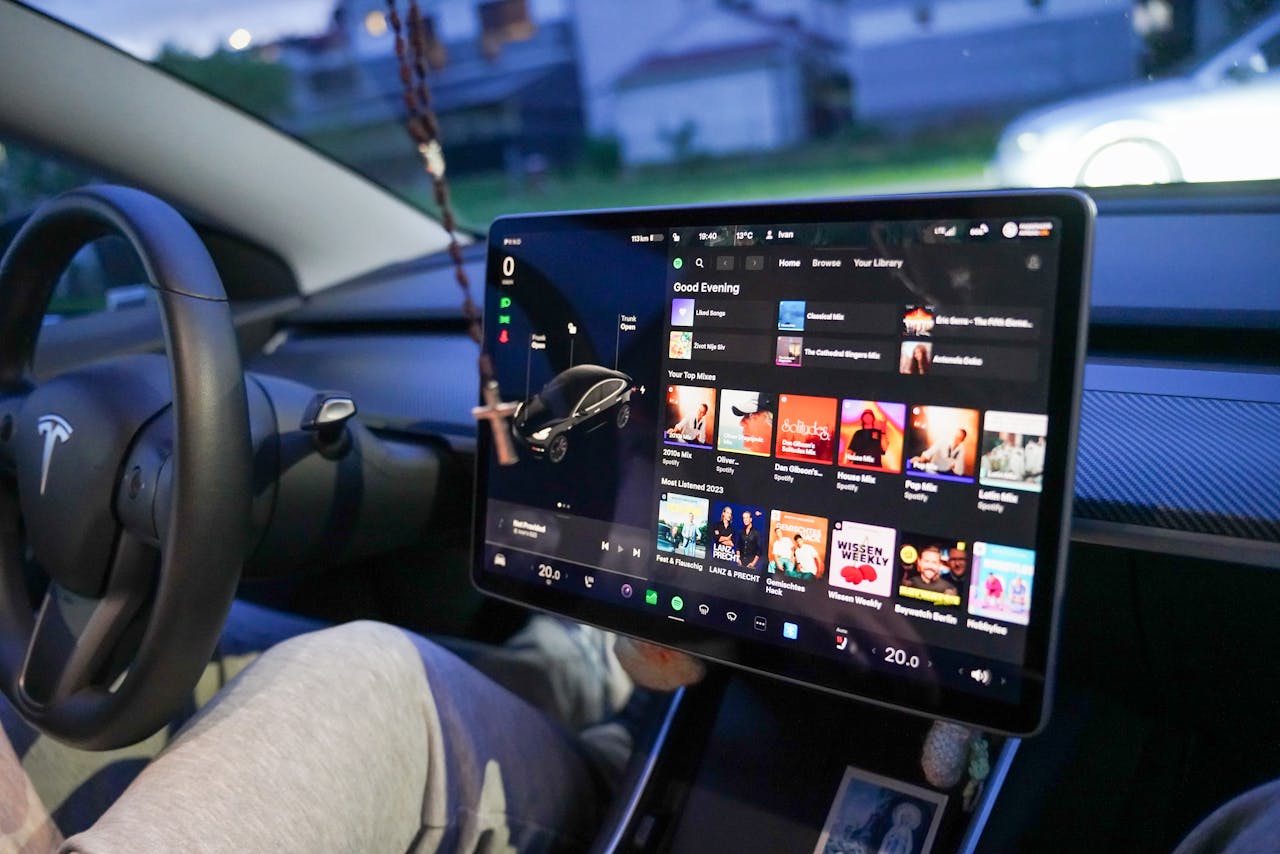Tesla FSD: Still Not Global in 2025
In 2025, Tesla’s Full Self-Driving (FSD) technology remains one of the most controversial and closely watched topics in the autonomous driving world. Despite being rolled out for years in beta, FSD is still not globally available. Some countries fully support it, others impose strict limits, and many are still in the gray zone of “regulatory approval pending.”
This article breaks down which countries allow Tesla FSD, which restrict it, and why.
What Is Tesla FSD Exactly?
FSD, or Full Self-Driving, is Tesla’s most advanced autonomous driving suite, built on top of Autopilot and Enhanced Autopilot. Unlike basic Autopilot—which only supports lane keeping and adaptive cruise control—FSD adds capabilities such as:
- Automatic lane changes
- Navigation on highways
- Automatic parking
- Smart summon
- Traffic light and stop sign control
- City streets autonomous driving (still in beta in most markets)
It’s important to note that despite the name, FSD is not legally considered “fully autonomous” (SAE Level 5) in any country. Drivers must remain alert and ready to take over at any moment.
Where Can You Use Tesla FSD in 2025?
Let’s break it down by region and country.
🇺🇸 United States: Partial Approval
- Status: Beta version available in most states
- Restrictions: Drivers must opt in via Tesla’s Safety Score system; no hands-off driving permitted
- FSD Beta v12 is rolled out across California, Texas, Florida, and other large markets, but legislation still limits its full functionality
- Insurance & liability rules vary by state
✅ Supported with restrictions
🇨🇦 Canada: Conditional Approval
- FSD Beta available in major provinces such as Ontario, British Columbia, and Quebec
- Transport Canada requires Tesla to label it as a “driver-assist system”
- Voice commands and certain city features are geofenced
✅ Supported with limitations
🇬🇧 United Kingdom: Still Testing
- UK’s Department for Transport has not yet approved FSD for public roads
- Tesla is running closed-circuit trials and working with regulators
- Only basic Autopilot and Navigate on Autopilot are allowed
🚫 Not yet available
🇩🇪 Germany: Strict Ban on FSD
- Germany’s KBA (Federal Motor Transport Authority) has banned the term “Full Self-Driving” as misleading
- Only basic Autopilot is legal
- Legal concerns around autonomous decision-making in dense urban areas
🚫 Not available
🇳🇴 Norway: In Review
- Known for EV adoption, Norway is evaluating FSD with regulators
- Tesla FSD beta not yet deployed publicly, but test fleets are operating under supervision
🟡 Pending approval
🇦🇺 Australia: Geofenced Access
- FSD features available only in certain urban areas like Sydney and Melbourne
- Must follow Australian Design Rules (ADR)
- Tesla still labels the system as “in testing”
🟡 Limited support
🇯🇵 Japan: Heavily Regulated
- Japan’s Ministry of Land, Infrastructure, Transport and Tourism has tight controls on autonomous vehicles
- FSD Beta not officially approved
- Tesla offers only Enhanced Autopilot in most regions
🚫 Not available
🇰🇷 South Korea: Regulatory Hold
- South Korea’s transport ministry has not approved FSD features
- Tesla is in discussion with regulators to open beta testing
- Only Autopilot and EAP are functional
🚫 Not available
🇫🇷 France, 🇮🇹 Italy, 🇪🇸 Spain: Waiting on EU-Level Approval
- Tesla FSD is blocked by EU-wide regulations
- European New Car Assessment Programme (Euro NCAP) has called for stricter controls
- Only basic driver-assist systems allowed
🚫 FSD blocked across EU
Why Is Tesla FSD Still Limited?
There are four major reasons:
- Regulatory Lag:
Most driving laws worldwide assume a human is behind the wheel. Governments are still writing the rules for self-driving cars. - Legal Liability:
In case of an accident, who is responsible—the driver, Tesla, or the AI? That’s a legal minefield still unresolved in many regions. - Technical Challenges:
FSD relies heavily on AI vision without LIDAR. Some countries demand sensor redundancy, which Tesla doesn’t provide. - Public Perception and Trust:
Several high-profile Tesla accidents have raised skepticism, causing regulatory pushback.
What to Expect Going Forward?
In 2025 and beyond, the expansion of Tesla FSD will depend on:
- US federal regulation—especially from NHTSA and DOT
- EU’s revised AV framework, expected in 2026
- Local partnerships, like the Tesla-China collaboration under strict data sharing policies
- FSD v13 or higher proving safety improvements in global test markets
Tesla’s global FSD rollout is not just a tech challenge—it’s a legal and societal negotiation.
Final Word
If you’re wondering whether you can use Tesla FSD in your country, the short answer in 2025 is: “Maybe, with limits.” Only the US and Canada offer relatively broad access, while most of Europe and Asia remain in the testing or rejection stage.
Before activating FSD in your vehicle, make sure to check with local transport authorities and follow Tesla’s official country-specific guidelines. The road to full autonomy is still under construction—literally and legally.
Is Tesla FSD Beta Safe in 2025? Real User Reviews & Safety Analysis



